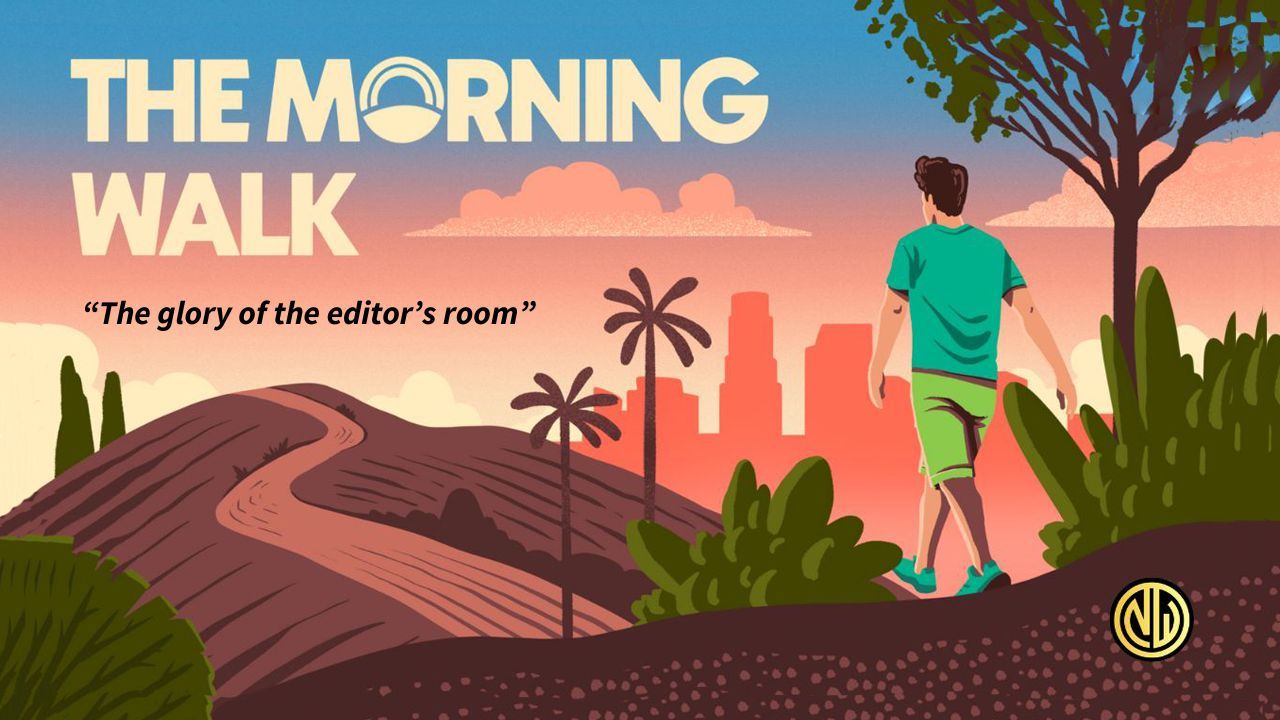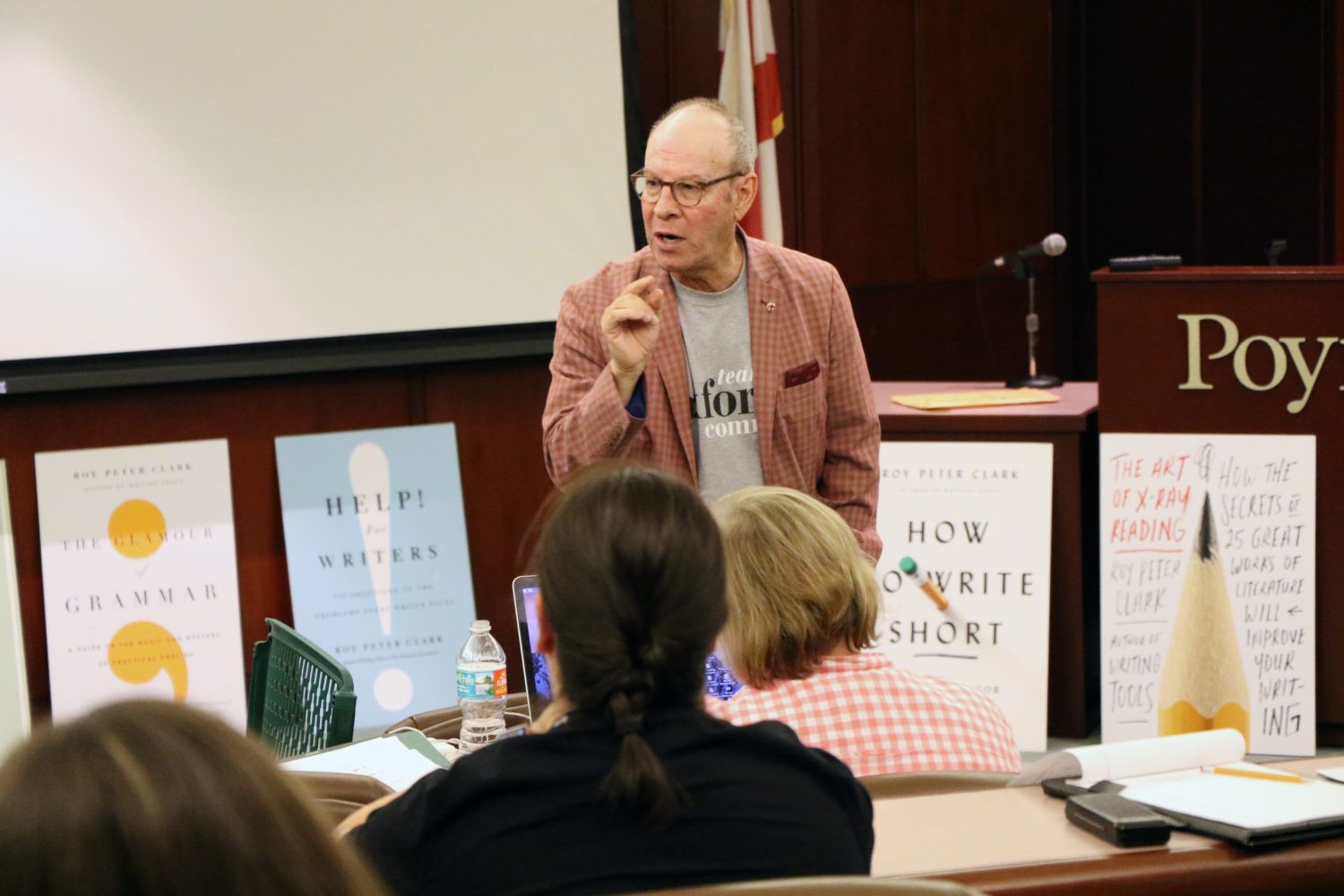Jan. 17, 2024: The Glory of the Editor's Room
Also: How to write a good story in < 800 words

Illustration by Kevin Sterjo
Welcome back to The Morning Walk, a free newsletter about commerce, technology, and personal entrepreneurship.
If you were forwarded this message, you can sign up for these emails by clicking here.
Jaunary 17, 2024
New Blog: Basics of Figurative Language

Figurative language refers to any figure of speech in your writing. Often, we use figures of speech without even realizing it. This can muddle our message.
Figures of speech are like a spice. Too much will ruin the whole dish, but nothing at all will leave your writing bland (cough ChatGPT cough). Learn how to wield figurative language and your writing will pack a lot more punch.
Here's a new blog post that gives you a quick crash course on figurative language, along with common use cases.
Fireside: The Glory of the Editor's Room

Two years ago, when I decided to take a day job as an editor, something reawakened in me.
I was back in the hot seat, getting tons of feedback, and writing on the fly like never before. It was invigorating, a feeling I hadn't had since my music school days nearly 20 years ago, when we met every Monday night for studio class.
Taking an editor job also inspired me to go back to night school for a yearlong journalism certificate at UCLA, with a focus on multimedia storytelling, which I completed last month.
Having fellow editors' eyes on my work has helped my writing improve dramatically. Sometimes it's just throwing ideas around in Slack channels, and other times it's granular line edits that force me to get really surgical with a message. I've become a better, faster writer, and feel more confident in my business and professional direction as a result. After years of feeling like I had plateaued, things are moving again.
As you think about the year ahead, I encourage you to think about your “editor's room.” This is your group of trusted colleagues you can get feedback from and bounce ideas off of.
By sharing your work with others and getting feedback regularly, you ensure you keep improving. I don't think you need to spend all your time in groups and news feeds -- there's power in personal, individual practice -- but having trusted confidantes can help you on your journey. You also stay inspired and stave off burnout.
If you have five minutes today, take some notes on who you want in your “editor's room” this year. These are people who can give you useful constructive criticism, but also want to cheer you on.
Then, start seeking out opportunities to develop an editor's room of your own, both online and offline. ◆
How to Write a Good Story in 800 Words or Less

The Poynter Institute prizes for journalism opened last week, and there's a new category for shortform article writing. Named after writing coach Roy Peter Clark, the award goes to stories that create impact in less than 800 words.
It's tough to keep things short. We have a lot we want to share, and often it feels like we need to share all of it. Editing -- the theme of today's newsletter -- helps us carve away the excess and reveal our message in its purest, most potent form.
To commemorate the release of this award, Poynter republished an article from Clark written 20 years ago that gives tips for short, succinct writing. Two decades later, it still holds up.
Check it out below.
Like It? Share It
As always, thanks for reading.
If you found today's newsletter helpful, consider SHARING IT. A share goes a long way in helping us grow.
Cheering you on,
—Nick
